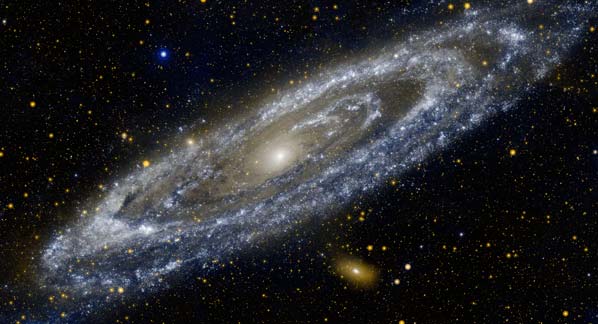Promise of Hidden Surprises Has Propelled Fission Research for Decades
PRINCETON, N.J. (SatireWire.com) — A Princeton physicist recently split an atom of hydrogen and found a toy prize inside, the journal Science reported in its May issue.

“It was just a cheap plastic clicker you use to make cricket sounds, and it broke, like, the second time I used it, but it was the surprise I found most satisfying,” said Prof. Harold Lumiere of the Princeton Plasma Physics Laboratory.
Science noted that it was the first prize found inside an atom since Allison Wyatt of Cambridge University discovered a magic puzzle toy in a lithium atom in February. For Lumiere, it was the first time in his 15-year, atom-splitting career that he has come across anything more than the normal protons, gluons, and quarks.
“I know that over at MIT, Hendricks has amassed an entire collection of little gewgaws – spinning tops, decoder rings, stickers,” he said. “He is so lucky. I hate him.”
And well he should. Atomic prizes are so rare as to drive scientists into the field of physics, and then, quite often, drive them mad. Legendary theoretical physicist Richard Feynman, in fact, first became interested in nuclear fission after watching a professor at Cal Tech discover a mystery motion fun card inside an Iodine atom. Feynman himself, however, never knew that joy. This deficiency caused him to declare, on his death, that despite his Nobel, he had failed to win the only real prize in physics.
Even Enrico Fermi, a pioneer of fission, had to wait nearly 10 years before discovering a plastic whistle inside a newly split nucleus of uranium. “He was so happy, he just cried and cried,” wrote colleague Edward Teller in his 1952 book, “The Physicists Guide to Isotopal Isolation and Collectible Atomic Prizes.”
“For days after, Enrico kept running around the lab, his fingers to his lips, trying to play that whistle,” Teller recalled. “Of course, we couldn’t hear it, but he said he could. He was such a goof.”
 |
More than half a century later, perceptibility remains an issue with physicists. “You can’t do much with (the toys) because they’re infinitesimally small,” said Lumiere. “You can only play with them under an electron microscope, and if you have to sneeze, kiss it goodbye.”
Some winners, meanwhile, have been forced to part with their prizes without so much as exhaling. In his book “Bohr, Baubles, and the Bomb: Why the Nazis Lost the Nuclear Race,” historian Everson White recounts how Hitler’s quest to build the ultimate weapon was thwarted by his own policies that claimed atomic prizes were the property of the Third Reich. Danish physicist Niels Bohr, a fission pioneer, fled occupied Denmark after learning of the policy, while German colleague Werner Heisenberg stayed behind but sabotaged the program after Goering confiscated a “Hi Score” pinball game Heisenberg found in a phosphorous atom.
Ironically, while the lure of tiny tokens has shaped history and led scientists to unravel much of the riddle of the atom, the existence of the prizes themselves is perhaps the greatest mystery facing physics today. Who, they still wonder, put the prizes there?
Many have proposed theories. Einstein thought it was aliens. Niels Bohr suspected it was Einstein. Ernest Rutherford conjectured that the prizes were natural formations.
But most physicists today accept the argument espoused by Nobel laureate Ernest Walton, who along with John Cockcroft split the atom in 1932. In early 1946, Walton was thrilled to discover a decoder ring and secret message inside a carbon atom. After four days of painstaking work, he finally deciphered the message: “Sorry,” it read, “you’re not a winner. Try again.”
“That’s gotta be God,” Walton reportedly said.
Copyright © 2002-2013, SatireWire.




